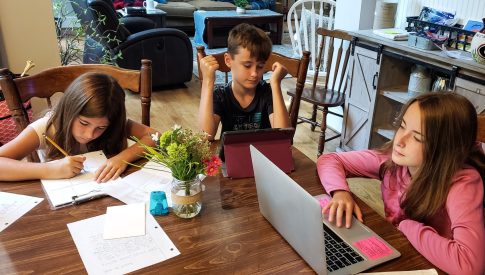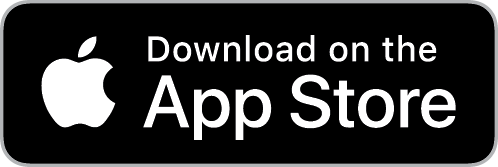Geography - Higher Index
Online Lessons for Students in Scotland learning Higher Geography
- Physical Environments
- Human Environments
- Global Issues
- Skills
Learn about physical geography, which focuses on the processes that shape the Earth’s physical environment and the geographic patterns resulting from them. This is an important field of study for understanding present environmental stresses.
Learn about atmosphere – the layers of gases surrounding a planet or other celestial body.
In this lesson learn about the global heat budget which is the balance between incoming and outgoing solar radiation.
In this lesson learn about atmospheric circulation which is the large-scale movement of air and together with ocean circulation is the means by which thermal energy is redistributed on the surface of the Earth.
In this lesson learn about the ITCZ zone of convergence at the thermal equator.
Learn about hydrosphere – the total amount of water on a planet.
In this lesson learn about hydrological cycle within a drainage basin.
In this lesson learn about a hydrograph which is a graph showing the rate of flow (discharge) versus time past a specific point in a river, channel, or conduit carrying flow.
In this lesson learn how rivers shape our landscape and the importance of understanding what causes flooding and what the effects can be.
In this lesson learn about the lithosphere which is the rocky outer part of the Earth.
In this lesson learn about corries, cwms or cirques which are the starting points for a glacier. You will be taught about glacial landforms that are created by processes of erosion and deposition.
In this lesson learn about erosional landforms including headlands, bays, caves, arches, stacks, stumps and wave-cut platforms.
Learn about the biosphere – a global ecosystem composed of living organisms (biota) and the abiotic (nonliving) factors from which they derive energy and nutrients.
In this lesson learn how time, geology and people all play a part in soil formation.
Learn about the human environment – the people who live in different environments, their activities and the environmental features they have created.
Learn about the social and economic indicators of development influence population growth including birth rates and death rates while physical and human factors affect population distribution in a country.
There are different methods of data collection used globally. Learn about collecting data via a census.
In this lesson learn about population pyramids which give information about a country and show the population structure. Differing population structures have different consequences for a country.
In this lesson learn about the two types of migration, forced and voluntary. People migrate for many different reasons. You will be taught about the positive and negative impacts migration has on society.
Learn about rural landscapes in developed and developing countries which have changed as a result of modern developments including diversification, the impact of new technology, organic farming and biofuels.
In this lesson learn about how rainforests and semi-arid lands are both susceptible to land degradation. You will be taught about the management strategies that have been employed to control the problem.
In rural areas, the physical landscape is affected by human activity. This creates conflicts between land users in the area. In this lesson you will learn about the conflict in the Lake District.
Learn how developed world cities and developing world cities deal with different issues.
In this lesson learn about the cities in the developed world which have experienced rapid urban change and now face problems such as traffic congestion and increased demand for housing.
Developing country case study: Rio de Janeiro
Learn about development of health – the process of constant, progressive enhancement of the health status of a population.
In this lesson learn about development indicators which show an average figure for the whole country and often hide differences in the standard of living within a country.
In this lesson learn about malaria which is a water borne disease. It kills many people and reduces a country’s capacity to develop. There are different strategies to combat malaria.
In this lesson learn about primary health care which is provided on a basic level by local people, trained to manage and prevent common ailments.
In this lesson learn the causes and potential consequences of global climate change on people and the environment.
In this lesson learn how temperature variations are caused by a combination of physical and human factors.
As global population grows it puts pressure on the environment, leading to water shortages and pollution, deforestation and famine. In this lesson learn how responsible management strategies can reduce human resource abuse.


"It's bright and colourful, easy to read, and extremely easy to use unlike most textbooks or online learning websites" Daisy, S3 PupilSign Up & Learn Today

